(Side) blog dedicated to Henry II, King of England, Plantagenets in general and Middle Ages (with particular focus to English medieval period concentrated from 12th to 15th centuries) primary sources. Might feat poor editions made by me and personal thoughts containing irony. Welcome y'all!
Don't wanna be here? Send us removal request.
Text
Two days ago, on May 23rd, Lady Mary of York came to pass. Her sister would honor her memory by naming her daughter Mary.
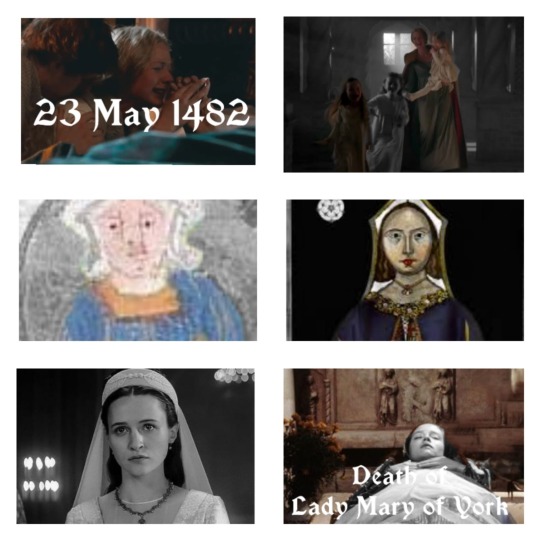
“Tragedy intervened to prevent the fruition of another of Edward’s alliances when on May 23, 1482 the Thursday before Whitsunday, Elizabeth’s sister Mary died at Placentia at Greenwich, aged just fifteen.
The following Monday her body was carried to the nearby church of the Observant Friars, founded by her father, where James Goldwer, Bishop of Norwich, sang a dirge over it.
Elizabeth and her younger sisters were not present, nor did they or their parents attend a second service the following morning, at which many high-ranking ladies were present, including Joan, Lady Dacre, Princess Mary's lady mistress.
Dinner was served at the palace afterward, then the mourners returned to the church to attend the coffin as it was laid on a chariot adorned with Mary's arms and drawn by horses trapped with sables to Windsor and burial in St. George's Chapel.
There, Mary was laid to rest beside “my lord her brother” (George), the Prince of Wales present as chief mourner. The loss of her sister must have affected Elizabeth deeply, for they were only seventen months apart in age, and had been brought up together from infancy.”
— “Elizabeth of York: A Tudor Queen and Her World”, by Allison Weir.
21 notes
·
View notes
Text


Favourite Plantagenet queens: Aliénor de Provence (1223-1291) (1/5)
#plantagenet dynasty#Eleanor of Provence#Aliénore de Provence#Henry III#Henry III of England#medieval England
5 notes
·
View notes
Text


The children of King Edward IV & Queen Elizabeth Wideville who survived infancy.
#plantagenet dynasty#house of york#edward iv#king edward iv#edward iv of england#house of york aesthetic#Elizabeth Wideville#Elizabeth Woodville#elizabeth of york#cecily of york#Mary of York#Edward V#richard of york#the princes in the tower#Catherine of York#Anne of York#Bridget of York
17 notes
·
View notes
Text

Cecily of York, Princess of England.
1 note
·
View note
Text






First look at the upcoming series “King and Conqueror” which will be about the invasion of William of Normandy and the subsequent conquest of England. Coming in 2025 on BBC, with Nikolaj Coster-Waldau and Clémence Poésy as William I and Matilda of Flanders.
312 notes
·
View notes
Photo
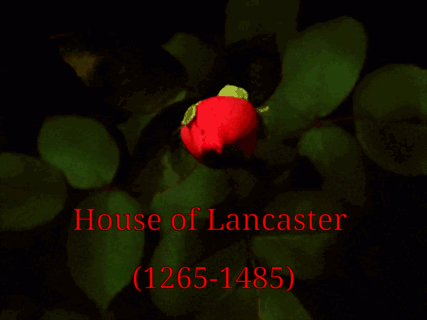
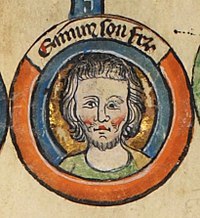





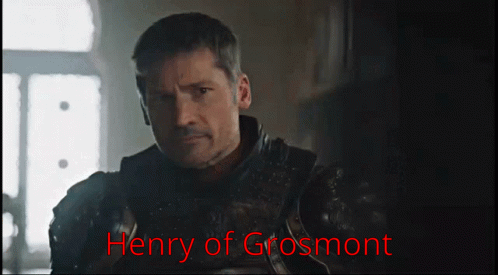
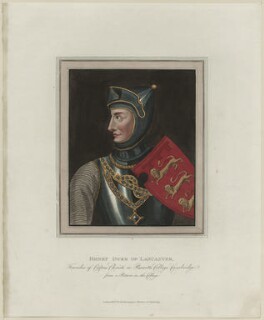
“The Houses of Plantagenet and Lancaster had not always been united. The Duchy of Lancaster - as it was later called - had emerged in the thirteenth century at the end of the Second Barons’ War and death of the rebel Lord Simon de Montfort at Evesham.
The youngest son of Henry III, Edmund Crouchback, inherited de Montfort Earldom of Leicester and, later, Lancaster. By 1269, Edmund was on track to become an incredibly wealthy territorial magnate, like all who would succeed him.
Edmund, Earl of Lancaster, was a popular prince a capable and pious soldier - nicknamed Crouchback due to the motif of the cross he bore on his shield and wore on his back whilst on crusade.
He was fiercely loyal to his brother King Edward I (Longshanks’), fighting in his various wars across Scotland and France and overseeing extensive Plantagenet castle-building projects in Wales.
Over time Edmund accumulated a series of dignities, land and property. By the end of his life he was extremely powerful, with land dotted throughout the realm. After Edmund’s death in Bayonne in 1296, he was interred at Westminster Abbey and his wealth distributed among his children: Thomas, Henry and John. Thomas inherited the title Earl of Lancaster. At the end of the thirteenth century, the relationship between the house of Lancaster and the Plantagenets was positive.
After Edward II ascended the throne, he immediately bestowed a royal title - Earl of Cornwall - on his favourite (and suspected lover) Piers Gaveston. This instantly sparked massive opposition from the nobility, and Thomas of Lancaster became a leading player in an uprising against the King and his favourite. In an unforgiving dispute, Gaveston was eventually caught and executed on Lancaster’s lands near Kenilworth, infuriating the King and leading him to call Thomas of Lancaster a rebel and a traitor.
After Gaveston’s death, domestic politics was turned on its head: Thomas of Lancaster exercised his authority and undermined the King. He refused to serve in the war against the Scots, and went so far as to agree to a personal truce with the Scottish lords, working under the pseudonym King Arthur. After years of growing animosity between the cousins, an influential noble family - the Despensers - rose to prominence at court and helped Edward Il seek retribution.
Edward II had never forgiven his cousin for Gaveston’s murder and, in 1322, finally took his revenge. Thomas of Lancaster was arrested after the Battle of Boroughbridge and tried for treason - with the Despensers and the King as members of the tribunal. A week after his arrest, Thomas of Lancaster, dressed in an old surcoat, was carried on a donkey a mile from Pontefract Castle, where he was executed. The only mercy extended was that he was at least spared the prescribed fate of a convicted traitor, that of being hung, drawn and quartered.
As he was of royal blood, he was granted death by beheading. After Thomas’s conviction and execution as a traitor, Lancastrian loyalty was called it into question: that historical mistrust would haunt John of Gaunt throughout his political and personal life.
When Gaunt inherited the Lancastrian lands, nearly forty years later, it was claimed that blood trickled from Thomas of Lancaster’s tomb - a grim omen of an uncertain dynastic future.
Thomas became a posthumous icon, which perhaps made the Lancastrian position all the more dangerous. Shortly after his death, cult began to emerge around his effigy, said to induce miracles-even his hat was believed to cure headaches. By the time Henry- his younger brother and heir to the Lancastrian lands - installed a memorial cross for the murdered Thomas, the dead Earl had achieved a significant following, with three attempts to have him canonised.
With Edward Il pitted against his Queen, Isabella, and her lover Roger Mortimer, the dynastic future of England was precarious. The Lancastrian administration, however, remained constant. Whilst the royal family were embroiled in a bitter feud, Henry, Earl of Lancaster, invested in Leicester as the heart of Lancastrian affairs. He renovated Leicester Castle but his greatest project was in the south-west of the town, the Newarke - a hospital and church - that employed generations of local labourers.
From 1330, Henry of Lancaster created a home to the Lancastrian dynasty in Leicestershire and brought the previously quiet town of Leicester to the forefront of English consciousness. Henry was popular in Leicester; the citizens of the town respected him and he carefully considered their needs, even endowing funds for a public latrine, for the ease of all the said community. Yet it was his large building projects in Leicester thar benefitted local people most significantly. This positive relationship with the town continued with his son Henry of Grosmont, the future Earl of Derby, Duke of Lancaster and father in law of John of Caunt.
Over the course of his flowering career, and even after being raised to his Dukedom, Henry of Grosmont never shirked his feudal responsibility in Leicester, and the relationship between people and magnate remained steadfast. By the time Gaunt inherited the town, Leicester was unbendingly loyal to Lancaster.”
CARR, Helen. In: The Bleeding Tomb: a Lancastrian Inheritance. The Red Prince John of Gaunt duke of Lancaster. 2021.
Fan casting: Sean Bean as Edmund ‘Crouchback’; Adam Driver as Thomas of Lancaster; Aneurin Barnard as Henry of Lancaster; Nicolaj Coster Waldau as Henry of Grosmont. *
*please notify if these gifs were used inappropriatedly; not mine to claim just to illustrate the characters.
21 notes
·
View notes
Text

Edward IV, King of England.
#plantagenet dynasty#house of york aesthetic#house of York#Edward IV#Edward IV of England#king edward iv#king Edward IV of England
10 notes
·
View notes
Photo







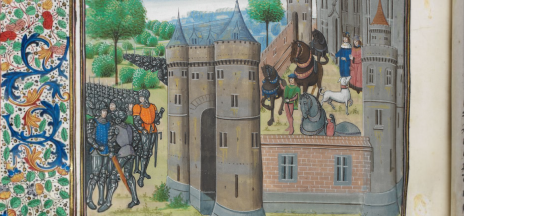

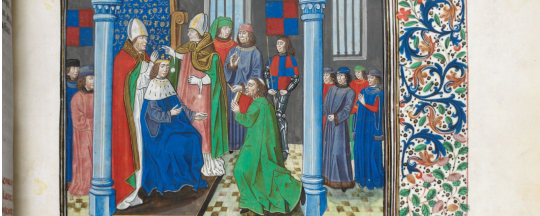
The fall of Richard II and the rise of Henry IV through documented sources. (on the following order)
(1) f. 354v: The Earl Marshal challenging Henry, Earl of Derby, before Richard II.
(2) f. 362r: Richard II banishing the Earl Marshall and the Earl of Derby.
(3) f. 382r: Richard preparing to go to Ireland (the banner unfinished).
(4) f. 386r: Henry Bolingbroke receiving the Archbishop of Canterbury.
(5) f. 388r: Henry Bolingbroke taking leaves of Charles VI.
(6) f. 390r: Henry Bolingbroke entering London.
(7) f. 393r: Richard II in Flint Castle.
(8) f. 394v: Richard II negotiating with Henry Bolingbroke.
(9) f. 401v: Richard II resigning the crown.
(10) f. 404r: Coronation of Henry IV.
Link: http://www.bl.uk/manuscripts/FullDisplay.aspx?ref=Royal_MS_18_E_II
19 notes
·
View notes
Text


Moodboard: Henry IV, King of England, & his consort, Queen Joan of Navarre.
11 notes
·
View notes
Text

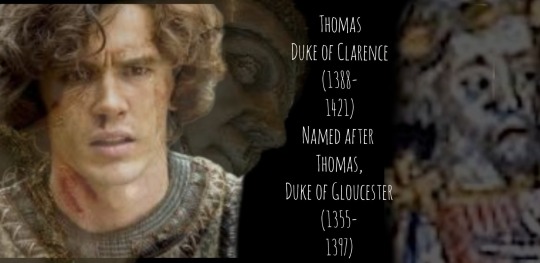

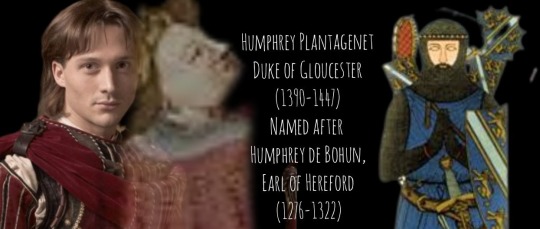
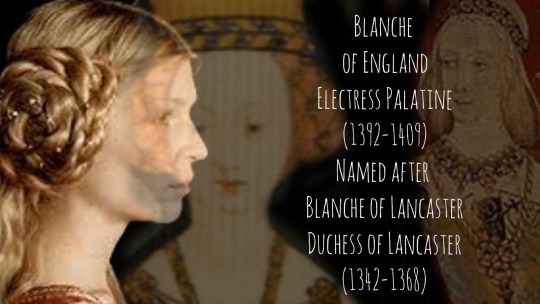
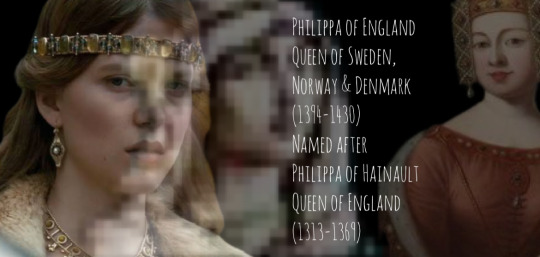
The children of Henry IV & Mary de Bohun and whom they were named after.
9 notes
·
View notes
Text










Then the heart of Éowyn changed, or else at last she understood it. And suddenly her winter passed, and the sun shone on her. 'I stand in Minas Anor, the Tower of the Sun,' she said; 'and behold! The Shadow has departed! I will be a shieldmaiden no longer, nor vie with the great Riders, nor take joy only in the song of slaying. I will be a healer, and love all things that grow and are not barren.' And again she looked at Faramir. 'No longer do I desire to be a queen,' she said. Then Faramir laughed merrily. 'That is well,' he said; 'for I am not a king.'
The Lord of the Rings: The Return of the King (2003, dir. Peter Jackson)
The Return of the King by J. R. R. Tolkien (published October 1955)
3K notes
·
View notes
Text

Rölfr, or rather Rollo, founder of Normandy. Here in the Chronicles of the Dukes of Normandy.
15 notes
·
View notes
Text

Give this French manuscript a proper title please. Lol.
#medieval manuscripts are meme makers#medieval France#moyen âge#Maison de Capét#capetien dinastie#ou#Maison de Valois#Valois dinastie
15 notes
·
View notes
Text

Hugues Capét, Roi de France [987-996]
#house of capét#capetien dinastie#capet dynasty#Hugh Capet#Hugues Capét#medieval France#mediæval France#moodboard
4 notes
·
View notes
Text

Coronation of Philippe VI, the first of the House of Valois to rule France.
#manuscript#Middle Ages#medieval France#medieval#house of Valois#valois dynasty#Maison de Valois#Philippe VI#Philippe VIème
9 notes
·
View notes
Text

Maximilian I of Austria and his wife, Mary of Burgundy in a manuscript, depicted in a ceremony of the Order of the Golden Toison. (1485)
Author: Valera, Diego of, 1412-1487?. Date and place of publication: 1485- Flanders. Translated in French by Hugues de Salve; Format: 209 + ii: 345 x 243 (227 x 158) mm. Manuscript in French illuminated on parchment. Beinecke Rare Book and Manuscript Library, Yale. Ref: Leg corner MS 230. ,folio : 118R.
#house of Habsburg#house of burgundy#Mary of Burgundy#Marie de Borgogne#Maximilian I#Maximilian I of Austria#Middle Ages#medieval#medieval manuscript#manuscript
5 notes
·
View notes
Text

Favourite medieval princesses (2/10):
Margaret of York, Duchesse de Bourgogne.
#plantagenet dynasty#plantagenets#plantagenet#plantagenet edit#house of york#wars of the roses#medieval england#medieval aesthetic#margaret of York#Margaret of Burgundy#Margaret of England#Margaret Plantagenet
22 notes
·
View notes